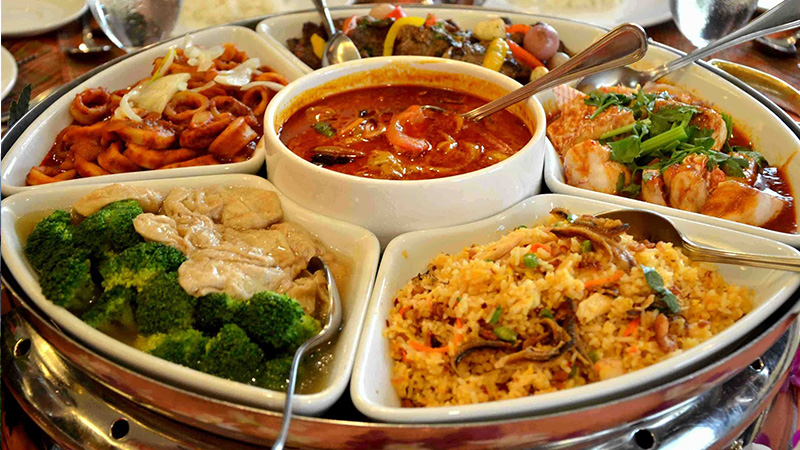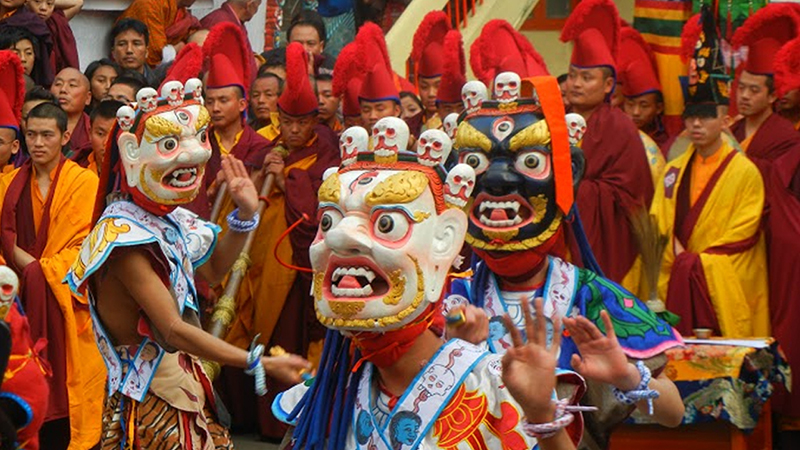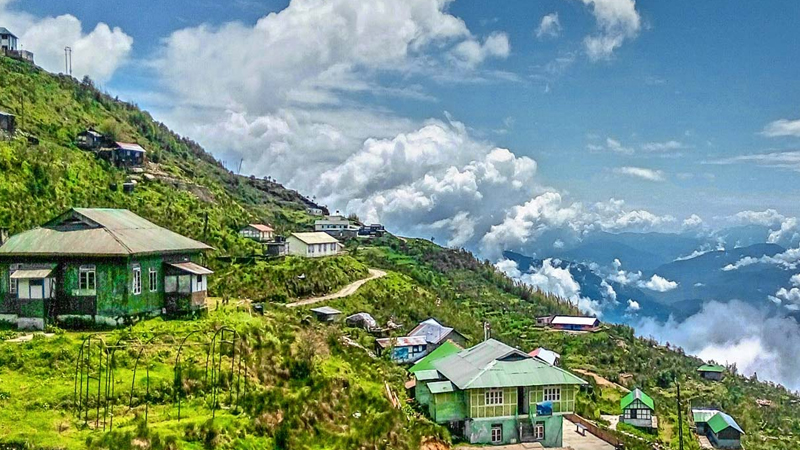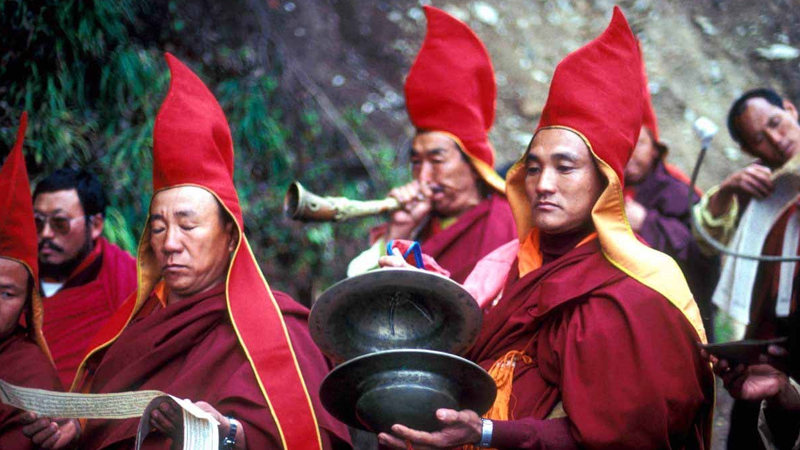People and Culture
“Sikkim at its BEST “
CULTURE IS THE ART OF LIVING
‘The state of Sikkim is a beautiful state filled with river valleys and blue daunting peaks. Sikkim is a land of diverse tribes and races of people living together. These different tribes and communities have unique features of their own in addition to their distinctive dance forms, culture and craft forms. The diversity of ethnic groups, languages and religion is seen all over the state.
Following are some points which make Rajasthan one of the most tourist-oriented states in India.
Food of Sikkim
The people of Sikkim love to eat and they cook some of the most delicious items available in north-east with momo being one of the most popular ones. Sikkim food primarily consist of noodles, thukpas, soups and other fermented dishes owing majorly to its very cold climate. Rice is however its main food item. Momos, also known as wantons and dumplings, are favorite amongst the locals as well as the tourists. People coming to Sikkim would never miss the opportunity to taste the amazing momos here which have different fillings ranging from chicken to pork to beef. Boiled and steamed items are found to be mainly existent here with not much use of masalas but other local herbs and spices. Food here is always accompanied by some drinks like the local beer, rum or whiskey.
Fairs & Festivals of Sikkim
All important festivals of India are celebrated in Sikkim with great fervour. Apart from these there are some regional festivals of Sikkim which include Losar, Loosong, Saga Dawa, Lhabab Duechen, Drupka Teshi and Bhumchu that are celebrated by Buddhist religious communities. Losar – the Tibetan New Year in mid-December is an important festival of the state when most of the government offices and tourist centres are closed for a week.
Arts & Craft of Sikkim
here are different art and craft forms in Sikkim. Most of the people of the state live in rural areas and have their age old tradition of making various utility objects. The most popular handicraft objects of the state include woven woolen carpet, choksee table, thankas, and canvas wall hangings depicting painting on different aspects of Sikkim.
For the development of the cottage industries in the state, the government has set up an Institute of Cottage Industries in South District. The locally made handicrafts are sold here for the benefit of the rural people. The state also has many art and craft forms and has many handicrafts in the form of bamboo and cane products and weaving. Gangtok, Namchi and Melli are the famous places of the state for cottage industries and handloom products. The government has taken many initiatives for the development of the handloom industries in the state.
Music in Sikkim
Western rock music can be commonly heard from the houses, restaurants and business centres in Sikkim. Hindi songs are also gaining popularity among the young masses. Indigenous Nepali rock music with Western rock beat is also popular among the Sikkimese (people of Sikkim). The Nepali lyrics are so heart touching that you can stand a while to listen to its stanzas. The music of the Sikkimese people is accompanied by various musical instruments.
Dance in Sikkim
The dances of Sikkim are traditional celebrating harvest and the prosperity period in Sikkim. These dances are accompanied by chanting, traditional musical instruments and the dancers wear traditional masks and bright costumes. Some of the dance forms are Lu Khangthamo, Gnungmala Gnunghey, Rechungma, and Kagyed Dance. The dance and music of the state are accentuated by traditional musical instruments. The different types of dances celebrate the beauty of nature and harvesting period of Sikkim.
Sikkim Language
Nepali is the official language of this north-east province Sikkim (Sikkimese). You will see the zero sign of Hindi Language while the prevalent sets of language are Kafle, Lepcha, Limbu and many others.
Sikkim Lifestyle
Folks are so trendy in the urban area that they follow full western style and rural area’s people stays in own ancestor style (Most of them are tribal’s). The men of Sikkim wear Thokro Dum which involves that contains the white pyjama. Women wear the Dumvum as well as Dumdyam. Kho and Bhaku have weared by the women. Many jewelers has adopted on the beautiful body of women that increase their beauty at any rate. Bulaki is used as nose ring, Diu a Gold Bangle and Joko is the ring draped around the fingers. Pharia is the symbol that particular women are married or not. It is a traditional saree that has sophisticated shades of color and true Indian tradition. The identification of married women in other state is measured to see vermillion in their head. Frequently,

